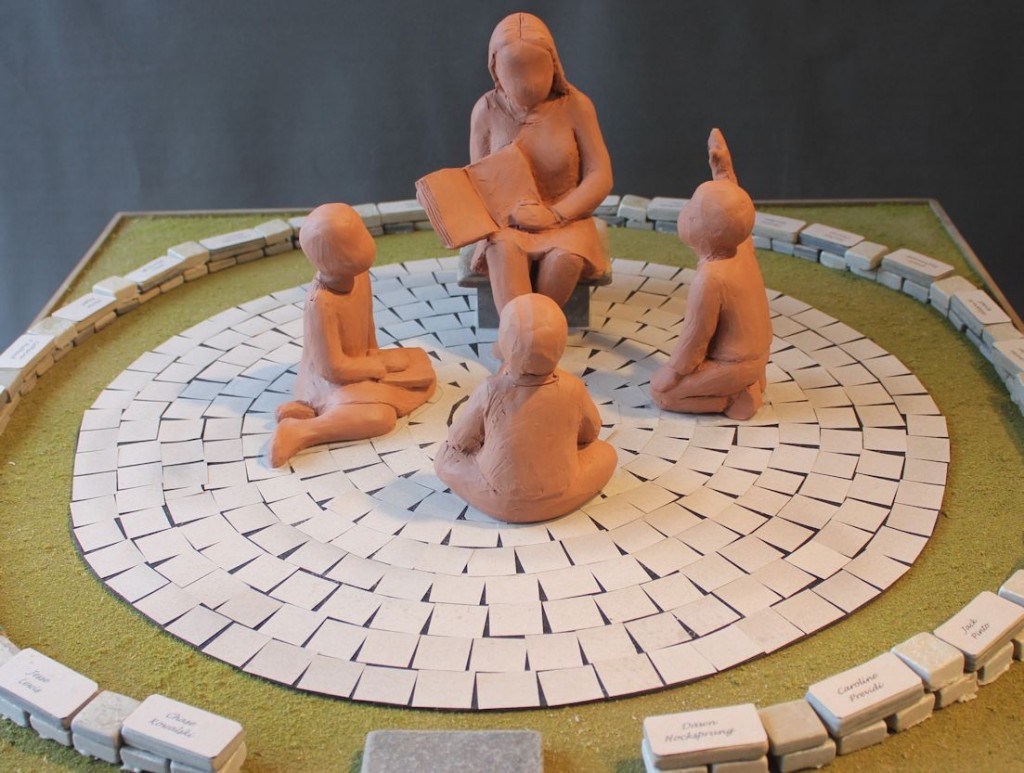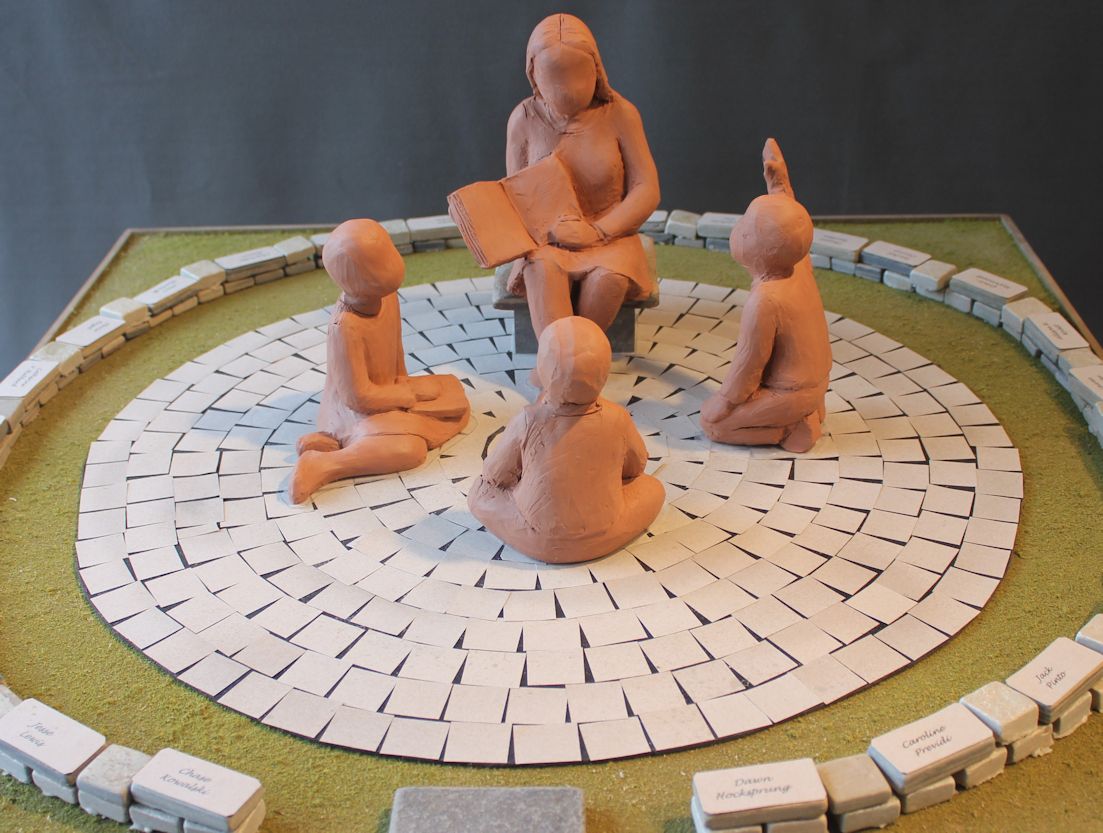 Saturday, December 14th, marked the one-year anniversary of the senseless violence that took the lives of 20 children and 6 staff members at Sandy Hook Elementary School in Newtown, Connecticut. I don’t think there’s any doubt that the tragedy has resulted in increased focus on the security of our schools.
Saturday, December 14th, marked the one-year anniversary of the senseless violence that took the lives of 20 children and 6 staff members at Sandy Hook Elementary School in Newtown, Connecticut. I don’t think there’s any doubt that the tragedy has resulted in increased focus on the security of our schools.
I have written many hardware specifications for schools over the years, and they were usually pretty easy specs to write…a lot of “typical” openings (doors with the same hardware set), which were handled the same way they had been done on most of the schools I had worked on previously. Last week I was talking to a specification writer who was working on a school project, and he said that he was finding himself re-thinking each opening. The doors need to operate one way during normal circumstances, and have to be code-compliant for fire-resistance and egress, but what would happen if an armed intruder entered the building? How would these same doors protect the staff and students in that situation? We need to allow staff to quickly and efficiently lock doors within the school, but without violating code requirements. Another concern is that certain lock functions which allow quick and convenient lock-down, could be locked by an unauthorized person, facilitating crime, vandalism, or mischief.
On Thursday I attended a webcast on school security, hosted by Security Info Watch. Several experts in the field of school security presented their ideas about how we can improve on past practices. But sometimes even the experts disagree. There are some consultants who advocate arming trained teachers and staff – others feel that each school should have an armed resource officer, but do not believe teachers should be armed. Some feel strongly that guns don’t belong in schools at all. In last Friday’s school shooting at Arapahoe High School, the presence of an armed deputy may have shortened the duration of the incident, possibly saving lives. But can funding for this protection be found in the budget for each and every school? Or should an armed resource officer be standard protocol only for high schools? Or just schools that would be considered at higher risk of an incident?
Evidence from past school shootings seem to indicate that the incident is likely to come to an end when the shooter realizes that police are on the scene. Can we somehow use this to diffuse the situation more quickly? Just thinking outside of the box…would the sound of a siren or an announcement heard by the shooter mean a shorter duration of the event, resulting in fewer deaths and injuries? And what happens AFTER an incident like this, or another crisis that requires evacuation of the school? Each school should have a plan in place that includes training, drills, communication, coordination with public safety agencies, and other logistics. If an evacuation is necessary, to what alternate location will students be moved? How will updates be communicated with parents? This advanced planning is critical.
Another question that has been the topic of debate is protection of the glass at the main entrance or other doors within the school. At Sandy Hook, Adam Lanza was able to shoot through the glass at the locked main entrance doors, and gain access to the school. On the webcast, Paul Timm of Reta Security mentioned that this is not typical. In almost all school shootings, the perpetrator has been someone who is authorized to be in the school – a student, a staff member, a parent. Paul recommended addressing the glass in classroom doors and sidelites, preventing access to those rooms during a lockdown. Patrick Fiel, of PVF Security Consulting, recommended security screens for the glass surrounding main entrance doors, which would delay or prevent access to the school. It seems to me that glass in both the main entrance and classrooms should be addressed in order to provide the greatest degree of protection.
With unlimited funds, I think we would go to any lengths to protect our children. But given budget constraints, and the need to keep our schools welcoming, positive environments designed to promote learning, we need to compromise on solutions that are feasible, sensible, and offer an acceptable level of protection without spending thousands of dollars to turn each school into a fortress.
This week, in memory of the lives lost at Sandy Hook and in hopes that together we can work toward viable solutions, I will be writing more about school safety and security. If you have any thoughts on this topic, or specific school applications that are problematic, please leave a comment below.
Photo: The Connecticut Education Association has created the Sandy Hook Memorial and Scholarship Fund. Click here for more information.
You need to login or register to bookmark/favorite this content.






There are no clear right/wrong answers I have thought at length on the subject and the environment we want to raise our kids in simply does not mesh with this type of madness. How can you have a healthy learning environment that has bullet resistant glass, or no glass at all or where the kindergarten teacher who is supposed to be concerned with crayons and kids pulling hair packing a .45. Its just brutal that we have to ponder these issues. God bless these kids.
We are about to begin the second phase of three to install single cylinder deadbolt locks on doors in a private school nearby. The first priority was classroom doors. We have always assumed that we did not want children locking the classrooms and we did not want children exiting the building through a window; but, those paradigms have changed in favor of protection and escape. The deadbolts are installed at a height that the little children can lock them, and plans are in the making to provide exit windows and ropes to aid escape. Any window in the door or side panel is being covered with paper and tape. This is not a school that cannot afford global electronic lockdown devices, but have opted for the simple and quick.
Adding a deadbolt to a door that already has another latch violates the code requirements for a single operation to unlatch a door in the means of egress.
Also – most Board of Education standards require visibility into the classrooms, so hopefully the paper and tape is only done during a lockdown and not permanently.